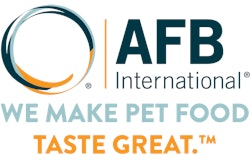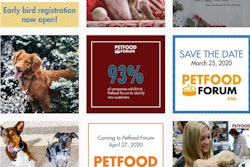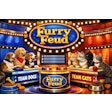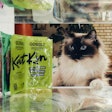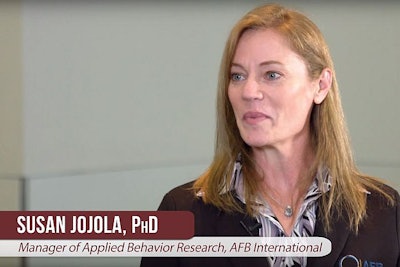
Understanding dog and cat behavior may help pet food manufacturers obtain better in-home results and differentiate their products, said Susan Jojola, PhD, AFB International, manager of applied behavior research, in a video from Petfood Forum. However, interpreting animals’ mental states from their reactions to foods requires more than just assessing how much food was eaten and how quickly.
“Many things that cats communicate to us, we oftentimes see but don't understand,” she said. “I think every pet parent knows that their cat has a certain personality or a certain style of feeding. It's things like that that can really set apart one food from another. Whether or not they eat it is certainly very important and it's the key measure to tell us whether or not the cat enjoys it or likes it, but whether or not they enjoy it is something that we look at more closely and in more detail.”
To tease out those behavioral differences, Jojola and her colleagues use a variety of techniques.
“We're currently working on methods that look at food focus,” Jojola said. “We call that our nose and bowl tool. We look at aroma which separates the visual or taste properties of kibbles. We also do puzzle trials, which tell us a little bit about the effort that a cat is willing to put into obtaining certain treats.”
Cats and dogs reactions matter because pet owners’ perception of how much a pet enjoys a meal can mean the difference between a repeat customer and a bad review.
About Petfood Forum
Learn more about pet food palatability at Petfood Forum. Petfood Forum conferences and exhibitions serve the global pet food manufacturing industry. The current portfolio of shows include Petfood Forum, Petfood Essentials, Petfood Forum Asia, Petfood Forum China and Petfood Forum Europe.


